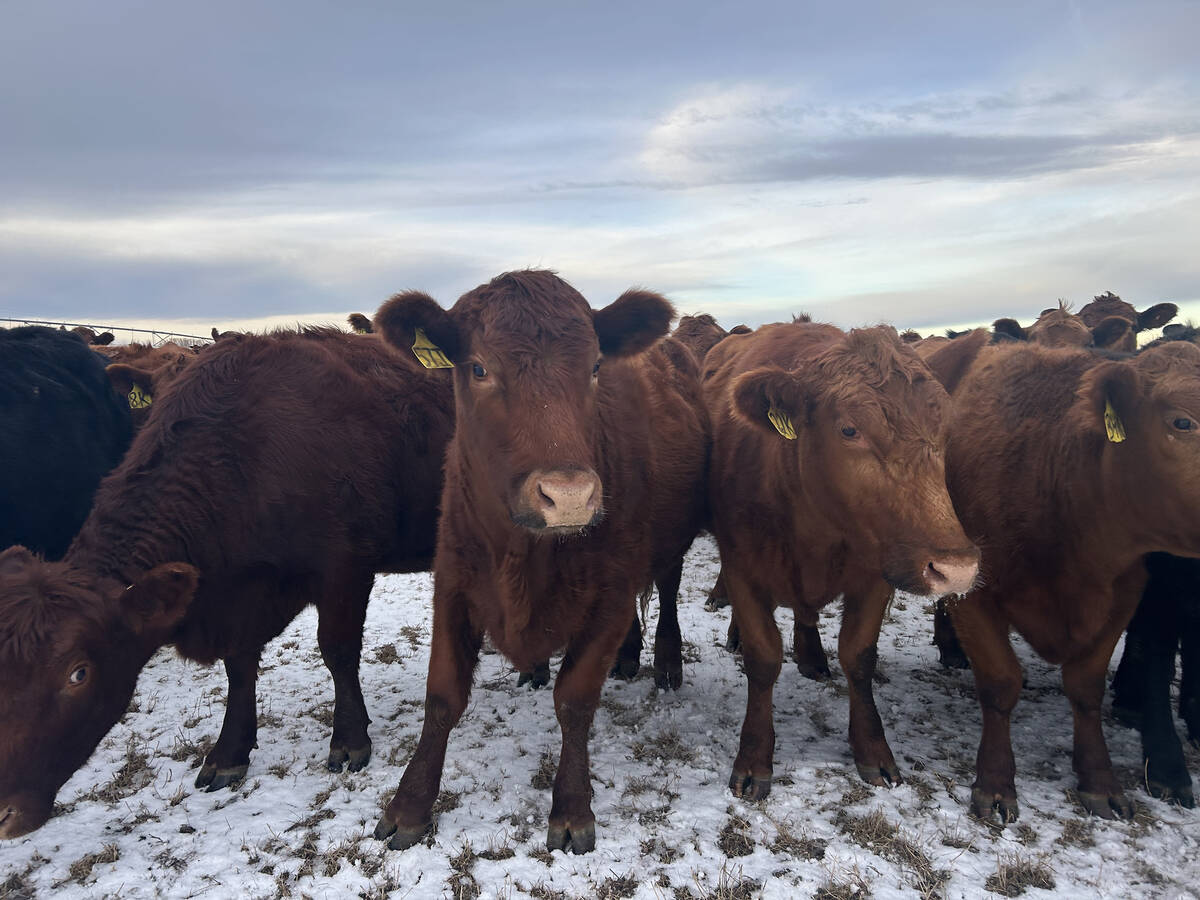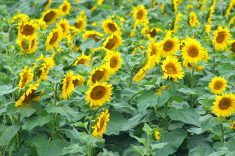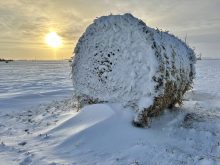Canola rowers should be using early-season fungicide applications against blackleg only if blackleg caused yield losses last season, the Canola Council of Canada warns.
A number of factors increase blackleg risk, such as tight canola rotations, using the same variety in the rotation, yield losses from blackleg in previous years, and use of non-certified seed, the council said in its most recent Canola Watch newsletter.
One often-overlooked risk is poor brassica weed control in previous years because the plants can host the pathogen in non-canola years, the council said.
Read Also

Feed Grain Weekly: Prices levelling as demand wanes
Soft demand has feed grain prices levelling off, said Darcy Haley, vice-president of Ag Value Brokers in Lethbridge, Alta.
Moist soils and warm and humid conditions this season can also play a role in disease development.
Growers should also be on the lookout for lesions on leave of cotyledons, the council said. They’re tiny and won’t be easy to spot, so growers aren’t likely to see many of them.
Another risk factor to look for is blackleg pseudothecia (black spots) on old canola residue — a sign of too-tight rotations if it’s still present. The council also reminded growers they’re not in the clear even if they don’t spot lesions or black spots; infection could still be occurring.
The more of these factors that are present, the higher the risk. If you find any of these signs and your crop scouting suggest high risk for blackleg, consider fungicide as an additional tool to limit infection and yield loss, the council says.
Headline and Quadris are available for blackleg management in canola. For more information on these products, growers should consult their province’s crop protection guide.
Use fungicide to manage blackleg only in high-risk areas known to have blackleg, the council adds, and if unsure about the decision, the council said, leave a few check strips and compare yields of treated to untreated areas. — AGCanada.com Network














